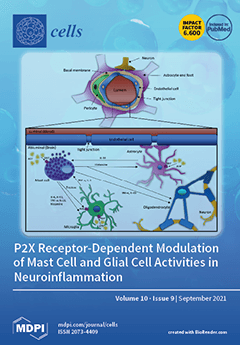Background: Whole transgenic or non-transgenic organism model systems allow the screening of pharmacological compounds for protective actions in Alzheimer’s disease (AD). Aim: In this study, a plant parasitic nematode,
Globodera pallida, which assimilates intact peptides from the external environment, was investigated as
[...] Read more.
Background: Whole transgenic or non-transgenic organism model systems allow the screening of pharmacological compounds for protective actions in Alzheimer’s disease (AD). Aim: In this study, a plant parasitic nematode,
Globodera pallida, which assimilates intact peptides from the external environment, was investigated as a new potential non-transgenic model system of AD.
Methods: Fresh second-stage juveniles of
G. pallida were used to measure their chemosensory, perform immunocytochemistry on their neurological structures, evaluate their survival rate, measure reactive oxygen species, and determine total oxidized glutathione to reduced glutathione ratio (GSSG/GSH) levels, before and after treatment with 100 µM of various amyloid beta (Aβ) peptides (1–40, 1–42, 17–42, 17–40, 1–28, or 1–16). Wild-type N2
C. elegans (strain N2) was cultured on Nematode Growth Medium and directly used, as control, for chemosensory assays. Results: We demonstrated that: (i)
G. pallida (unlike
Caenorhabditis elegans) assimilates amyloid-β (Aβ) peptides which co-localise with its neurological structures; (ii) pre-treatment with various Aβ isoforms (1–40, 1–42, 17–42, 17–40, 1–28, or 1–16) impairs
G. pallida’s chemotaxis to differing extents; (iii) Aβ peptides reduced survival, increased the production of ROS, and increased GSSG/GSH levels in this model; (iv) this unique model can distinguish differences between different treatment concentrations, durations, and modalities, displaying good sensitivity; (v) clinically approved neuroprotective agents were effective in protecting
G. pallida from Aβ (1–42) exposure. Taken together, the data indicate that
G. pallida is an interesting in vivo model with strong potential for discovery of novel bioactive compounds with anti-AD activity.
Full article






